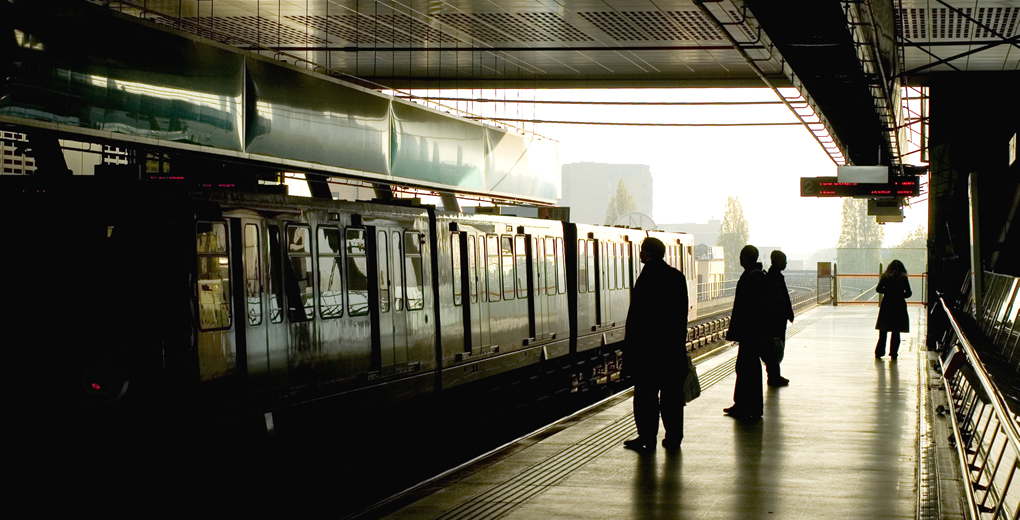The UK terror level reached critical status once again following the Parson’s Green explosion on 15th September. Lowered to “severe” two days later, it’s the third time this year the country has been on the highest alert, with troops bolstering police presence at major public events and areas of large crowds, such as train stations and airports.
What are the 5 threat levels and what do they mean?
- Critical– The highest threat level there is. This means that counter-terrorism policing suspect an attack imminently.
- Severe– The current threat level in the UK reads that an attack is highly likely.
- Substantial – There is a strong possibility of an attack.
- Moderate– An attack is possible, but not likely
- Low– An attack is unlikely
In place since 1st August 2006, the updated categorisation offered greater transparency to members of the public following the London bombings of 2005.
The level has wavered between “Severe” and “Critical” since 2014.
The National Counter Terrorism Security Office (NaCTSO) have offered security advice for businesses which describes preventative measures, some of which are outlined below:
Initial actions
The NaCTSO advises businesses review their security plans, identify risks based on the current threat level and review evacuation, invacuation and lockdown procedures.
Training
Staff should be briefed on what to do in an emergency situation and as many trained in first aid as possible – with fully stocked kits available. They should also be aware of what to look for in suspicious activity and be encouraged to report it.
“Proactive engagement” is recommended by the NaCTSO to disrupt a terrorist or criminal’s intention, as they will actively avoid engagement. This engagement can be a simple “good morning”, and is a tactic which should be employed by all staff.
Risk assessment
The initial actions taken will help facilitate a risk assessment which relates to your Building Response Level.
This should be regularly reviewed and supported by signage for staff information – although this information should not appear in public areas.
Unpredictable security measures interfere with well-laid plans of those meaning to do harm, who will have likely studied the security arrangements of their target. Altering timings and protocols while keeping staff fully informed will offer greater resilience.
Communication
Keeping staff briefed, talking to neighbours, partners and suppliers and warnings of advanced security measures are all tantamount to using communication as a way of staying prepared. Keep on top of what’s happening by monitoring the media and develop messages and alerts to communicate in case of an emergency situation.




